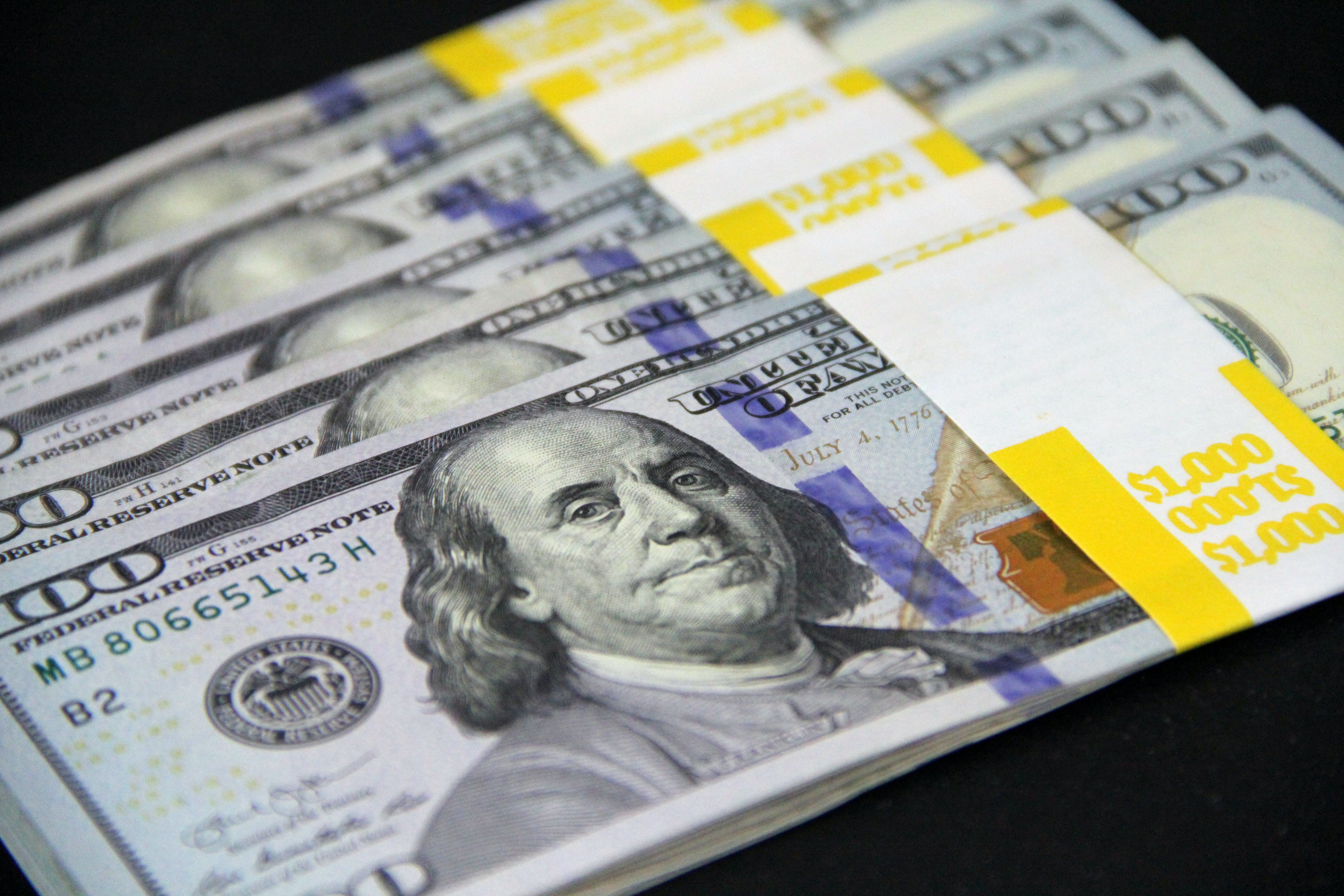Credit Card Money Transfers: Fees, Credit Score Impact, and Cost Avoidance Tips
GPT_Global - 2025-09-07 14:00:14.0 13
Is sending money to yourself from a credit card considered a cash advance?
When it comes to sending money to yourself from a credit card, many people wonder whether it's considered a cash advance. A cash advance typically occurs when you withdraw cash from your credit card or use it in a way that is not a traditional purchase. In most cases, sending money to yourself falls under the category of a cash advance, particularly when using third-party services like money transfer platforms or transferring funds to your bank account.
Credit card companies usually treat this as a cash advance because it involves withdrawing funds from your credit line, which is different from making a regular purchase. As a result, the transaction may come with high fees and interest rates, which begin accumulating immediately. This differs from regular purchases, where interest typically starts after the due date.
For businesses in the remittance industry, it's essential to clarify these terms for customers. Understanding whether a transfer from a credit card is a cash advance or not helps avoid unexpected fees and financial burdens. Always read the terms and conditions of your credit card provider to avoid costly surprises when using credit cards for money transfers.

Will using my credit card to send money to myself affect my credit score?
Using a credit card to send money to yourself can raise a few questions, particularly regarding its impact on your credit score. While this method of remittance is convenient, it’s essential to understand the potential implications on your credit profile.
When you use a credit card to transfer funds to yourself, it often counts as a cash advance. Cash advances typically come with higher interest rates and fees compared to regular purchases. Additionally, the balance from the cash advance can quickly accumulate if not paid off, leading to higher credit utilization rates.
Your credit score is significantly affected by your credit utilization ratio—the percentage of your available credit that you're using. If you send money to yourself and carry a balance, your credit utilization could spike, potentially leading to a drop in your score. A high credit utilization rate can signal to lenders that you're relying too much on credit, which could make you appear risky to potential creditors.
To avoid negatively impacting your credit score, it's important to pay off any balance as quickly as possible and consider other methods of remittance. Understanding these risks will help you make informed decisions when transferring money using your credit card.
How can I avoid extra fees when transferring money from a credit card to my checking account?
Transferring money from a credit card to your checking account can be convenient, but it often comes with extra fees. To avoid these charges, it’s important to be aware of several strategies.
First, check your credit card's cash advance policy. Many credit cards treat these transfers as cash advances, which usually come with high fees and interest rates. To avoid this, choose a money transfer option that doesn't classify the transaction as a cash advance. Some remittance services offer low-fee or fee-free transfers.
Another way to avoid extra fees is to use a service that provides promotional deals. Certain remittance businesses offer limited-time offers where transfers from a credit card are free of charge. Keep an eye on these promotions to save money.
Lastly, always read the fine print of your credit card and remittance service provider's terms and conditions. Understand the fees before initiating the transfer. Opting for a bank-to-bank transfer instead of a credit card transfer can often help you avoid extra fees.
By following these tips, you can reduce unnecessary charges and make transferring money more affordable.
Are credit card transfers to a savings account possible?
In the world of finance, many people are looking for ways to make the most of their savings. One question that often arises is whether credit card transfers to a savings account are possible. The short answer is no, credit card payments cannot directly be transferred to a savings account. Credit cards are designed for purchases and borrowing, not for depositing funds into savings accounts.
However, there are a few indirect ways to move money from your credit card to your savings account. For instance, you can perform a balance transfer to another credit card or use a cash advance, but these options often come with high interest rates and fees. It's important to consider these costs before attempting such a transfer.
For those who want to add funds to their savings account, the best method is to deposit cash directly or transfer funds from a checking account. Remittance businesses often offer convenient and secure ways to send money internationally, making it easy to save and manage your funds globally.
Remember, it's always best to understand the terms and conditions of your credit card and savings account before attempting any transactions to avoid unwanted fees or complications.
Can I send money from my credit card to a friend and then ask them to send it back to me?
When considering sending money to a friend, many people wonder if they can transfer funds directly from their credit card and later request the money back. In theory, it's possible to send money using your credit card through various remittance platforms, like PayPal or Venmo. These services allow you to use your card to transfer funds to a recipient's account.
However, while sending money from your credit card is straightforward, asking the recipient to send the money back to you can be tricky. Most remittance services do not support refunds directly to credit cards, and your friend may need to use an alternative method to return the funds. Additionally, there could be transaction fees for both sending and receiving money, which might affect the total amount you get back.
To ensure a smooth transaction, always review the terms and conditions of the remittance platform you're using. Make sure to account for any fees and confirm with your friend about how they will return the money. While this process is possible, it's crucial to understand the nuances of credit card remittance to avoid unexpected complications.
About Panda Remit
Panda Remit is committed to providing global users with more convenient, safe, reliable, and affordable online cross-border remittance services。
International remittance services from more than 30 countries/regions around the world are now available: including Japan, Hong Kong, Europe, the United States, Australia, and other markets, and are recognized and trusted by millions of users around the world.
Visit Panda Remit Official Website or Download PandaRemit App, to learn more about remittance info.



